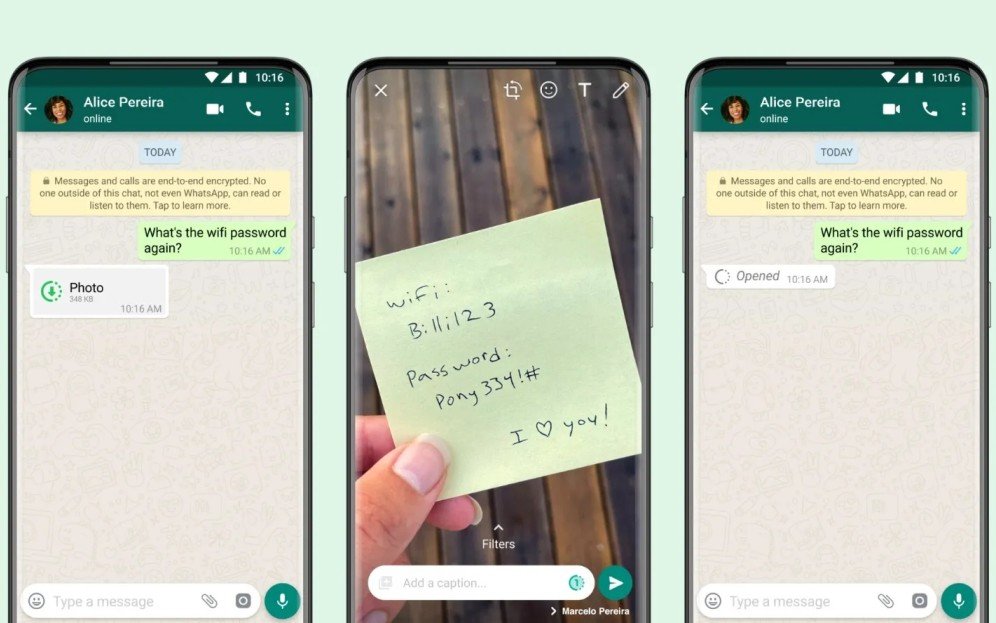WhatsApp's Snapchat-inspired 'View Once' feature begins rolling out
WhatsApp recommends sending photos or videos with View Once only to trusted contacts.
What you need to know- WhatsApp has started rolling out its "View Once" feature to users globally.
- The new feature lets you send photos and videos that disappear after they are opened by the recipient.
- WhatsApp says the feature gives users more control over their privacy.
WhatsApp introduced a new feature called "View Once" for beta users in June this year. The feature has now started rolling out for everyone on Android, iOS, KaiOS, Web and Desktop.
As you may have already figured, the View Once feature enables you to share photos and videos that disappear after they are opened. What's more, any photo or video that you send using View Once will not be saved in the recipient's camera roll.
Like other personal messages on WhatsApp, View Once media is protected using end-to-end encryption. They are marked with a "one-time" icon and will appear as "opened" as soon as the message is viewed. In case the recipient doesn't open the photo or video within 14 days of it being sent, the media will disappear from the chat. It is important to note, however, that the feature cannot prevent recipients from taking a screenshot or screen recording. When backing up WhatsApp messages, View Once media will be included and can be restored only if it is unopened at the time of backup.
To send View Once media on the best Android phones, open an individual or group chat and tap on the Attach icon. After you choose the photo or video you want to send, tap on the new "one-time" icon and hit send. To open a View Once media, tap the message with the "one-time" icon. Once you have viewed the photo or video, swipe or tap Back to exit the media viewer. After you exit the media viewer, you will no longer be able to view the media again or report it to WhatsApp.
While the feature is new to WhatsApp, the Facebook-owned messaging app isn't the first to offer disappearing messages. Telegram, Instagram, Snapchat, and a few other messaging apps already offer similar features.
